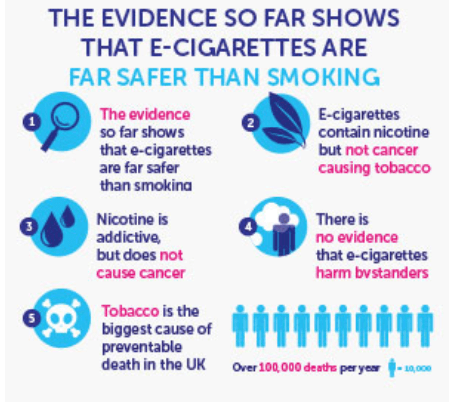Apple e-cigarettes, like other vape devices, are designed as alternatives to traditional tobacco. Their health implications are complex and context-dependent.
Pros
- Harm reduction: Eliminates combustion byproducts like tar and carbon monoxide.
- Nicotine customization: Allows gradual reduction via controlled nicotine doses.
- Behavioral transition: Mimics smoking rituals without 7,000+ chemicals in cigarettes.
Cons
- Chemical exposure: Aerosols contain ultrafine particles, volatile organic compounds (VOCs), and possible heavy metals.
- Acute lung injuries: Linked to EVALI (e-cigarette/vaping-associated lung injury) outbreaks.
- Addiction maintenance: Perpetuates nicotine dependence, particularly concerning for youth.
- Cardiovascular risks: Nicotine elevates heart rate and blood pressure, increasing cardiac strain.
- Long-term uncertainty: Insufficient data on chronic respiratory/cancer risks due to market novelty.
Expert Consensus
The World Health Organization and CDC emphasize:

- Non-smokers and adolescents should never use e-cigarettes.
- Smokers seeking cessation should prioritize FDA-approved therapies (patches, gum, prescriptions).
- Vaping is not risk-free; toxins like formaldehyde emerge at high heat settings.
- Quality control issues exist, especially with black-market THC cartridges.
While potentially less harmful than smoking, apple e-cigarettes remain unsafe for non-users and carry significant health uncertainties. Medical supervision is critical for cessation use.









